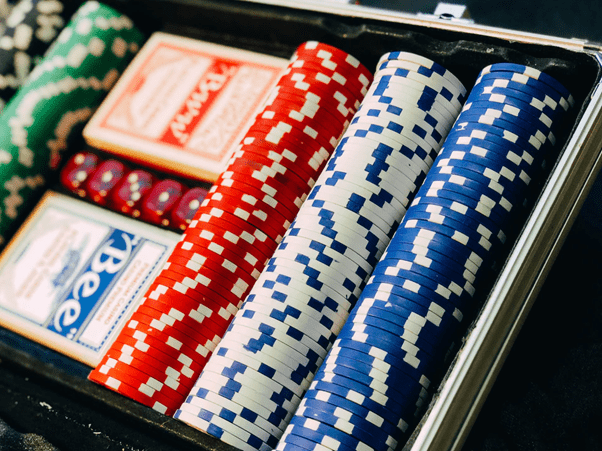
Poker is so much more than a game of cards but rather a psychological playing field, where an understanding of your opponents might make the difference between winning and busting. While the math and strategy behind the game are crucially important to learn, it is in the subtle cues and mental strategies your opponents present that real substance will be found. In this article, we are going to dive into the psychology of reading your opponents at the poker table and how it can give you a decided edge in your play.
Understanding Emotional Tells
One of the first things to do in reading opponents is recognizing emotional tells. Poker is a high-pressure game, and not everybody can mask their emotions that well. Players give away subtle hints when they are excited, anxious, or frustrated. An abrupt change in breathing, fidgeting with chips, or rigid posture could be an indicator of anxiety or bluffing. On the other hand, relaxed body language may give a sense of confidence with their hand. These tells thus help one understand their opponents’ psychological state and hence their probable hand strength.
Spotting Patterns in Betting Behavior
Betting behavior is another window into the opponent’s mind. Some players stick to a set pattern based on hand strength, position, or a combination of both. A player who raises aggressively before the flop usually is considered an aggressive player; if another hardly ever bets but calls just about everything, he may be passive. You can actually predict your opponents by watching and cataloging this behavior over time. These observations become priceless in making informed decisions when combined with the situational context of either the stage of the hand or the size of the pot.
Non-Verbal Cues
Non-verbal cues, or simply “poker tells,” can be put forth as one of the most salient tools a player should possess. This includes microexpressions and moving of the eyes and hands that give away what your opponent doesn’t want you to know. A player who doesn’t make eye contact right after making a big bet could well be on a bluff, while a fast glance at their chips right after seeing the flop may give away a big hand. Even innocent habits, such as fiddling with poker card protectors or moving chips, betray nervousness or excitement. Paying attention to this kind of subtle behavior is going to help you decode the opponent’s intentions before they’ve even thought about it.
Exploiting Cognitive Biases
Knowledge of some of the more common cognitive biases will also help you in reading your opponent better. Players fall into patterns of thought that make them predictable. The “sunk cost fallacy” could make a player follow a bad hand right into the end, even if he has already sunk lots into the pot, or the “confirmation bias” of overestimation from observing a few too perfect situations to be realistic can mislead an opponent regarding his hand’s actual strength. With these at your fingertips, you shall not only predict mistakes but also try and vary your strategy toward extracting profit out of that fact.
Adapting to Different Player Types
No two opponents are alike, and adjusting to player type is the core of any good psychological read. Tight players tend to play fewer hands and focus on strong cards, while loose players tend to gamble with a number of weaker hands. Aggressive players in general will be betting and raising as a means of applying pressure on their opponents, whereas passive players usually check and call. Quickly recognizing these archetypes of players enables you to change your game and manipulate them. Maybe bluffing works great versus the tight player but hardly ever on the loose-aggressive.
Master the Meta-Game
The meta-game, or the game within the game, is where psychology really comes into its own. Advanced players think well past their cards, into how their actions will be perceived, and then possibly countered, by others. To do this, not only must you observe your opponents, but also pay attention to your table image. For example, if you have been playing tight you might get away with a surprise bluff. You manipulate the decisions of others by paying attention to how they are perceiving you. The meta-game is where poker goes from just strategy into a much complex dance in psychology.
Balancing Observation with Action
While it is relevant that you read your opponents, you must also make sure you balance observation with action. The spending of too much time observing others is going to be distracting to your own game. What you want to do is to incorporate those psychological insights into your play without thinking too much over each action. And all these are going to be developed via practice. The more you play and observe, the more efficient you get at reading tells, identifying patterns, or using psychological tendencies in advantageous ways.
Reading opponents at the poker table is both art and science. Master the realms of emotional tells, betting behavior analysis, and exploiting cognitive biases, and you’ll be way ahead of your competition. Marry those skills with an adaptive strategy and strong meta-game sense, and you are on your way to outsmarting even the most seasoned of players.




